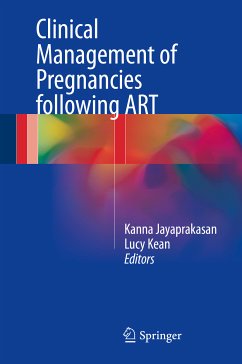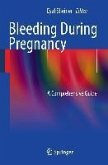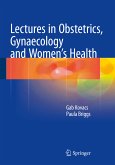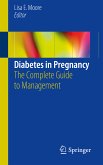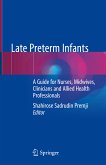This book provides a practical overview of the clinical management of assisted reproduction treatment (ART), ranging from pre-pregnancy care through pregnancy, to birth and beyond.
ART is increasingly used worldwide as it offers the greatest chances of success among currently available fertility treatment options, regardless of the cause of infertility. Over the last two decades, there have been considerable advances in the field of ART, and its use has become much more accessible.
Clinical Management of Pregnancies following ART discusses the importance of understanding potential risks and problems, the psychological impact on prospective parents, and the available choices for parents. It is a useful guide for all health professionals involved in the care of women undergoing ART.
Dieser Download kann aus rechtlichen Gründen nur mit Rechnungsadresse in A, B, BG, CY, CZ, D, DK, EW, E, FIN, F, GR, HR, H, IRL, I, LT, L, LR, M, NL, PL, P, R, S, SLO, SK ausgeliefert werden.

